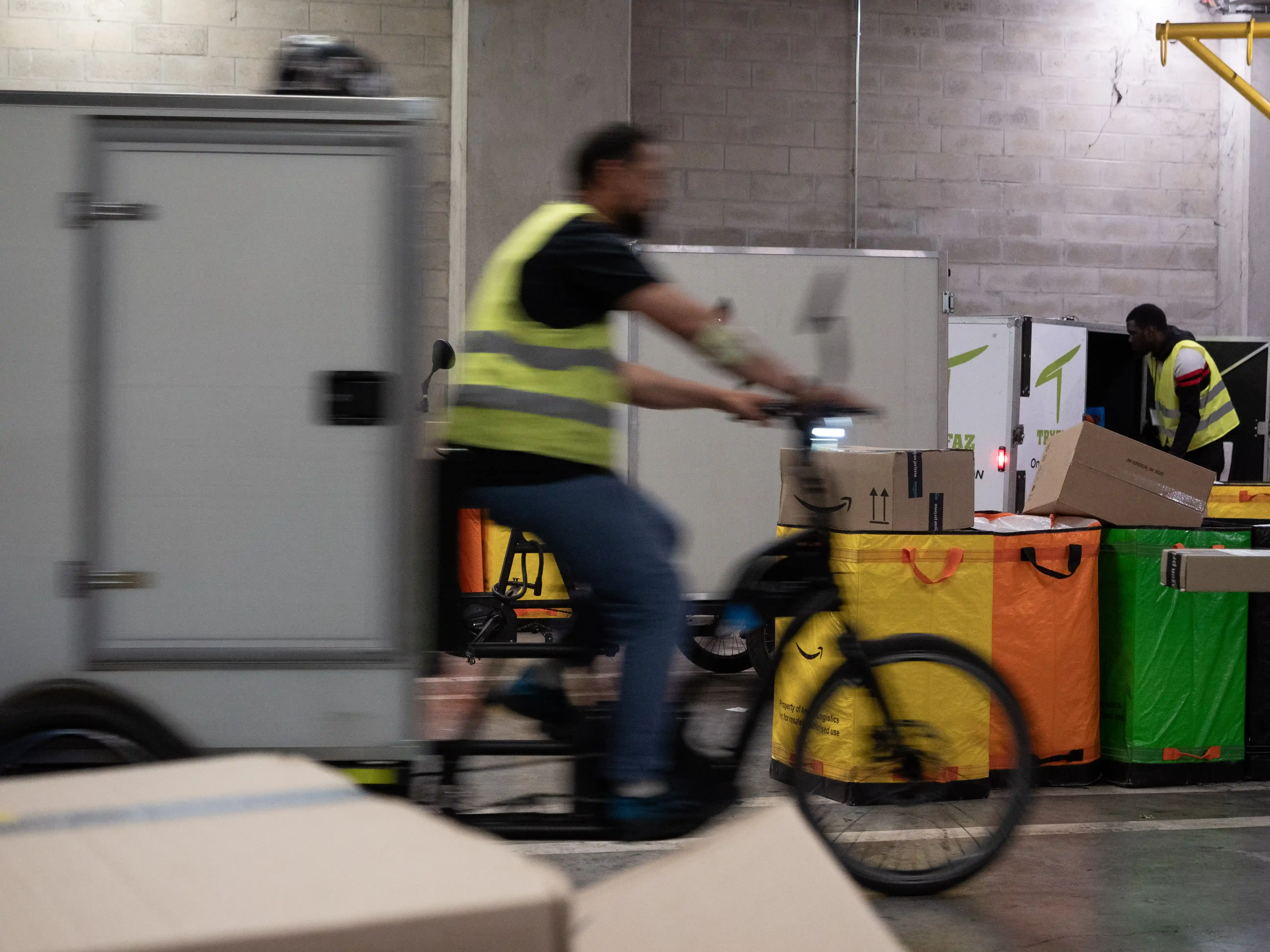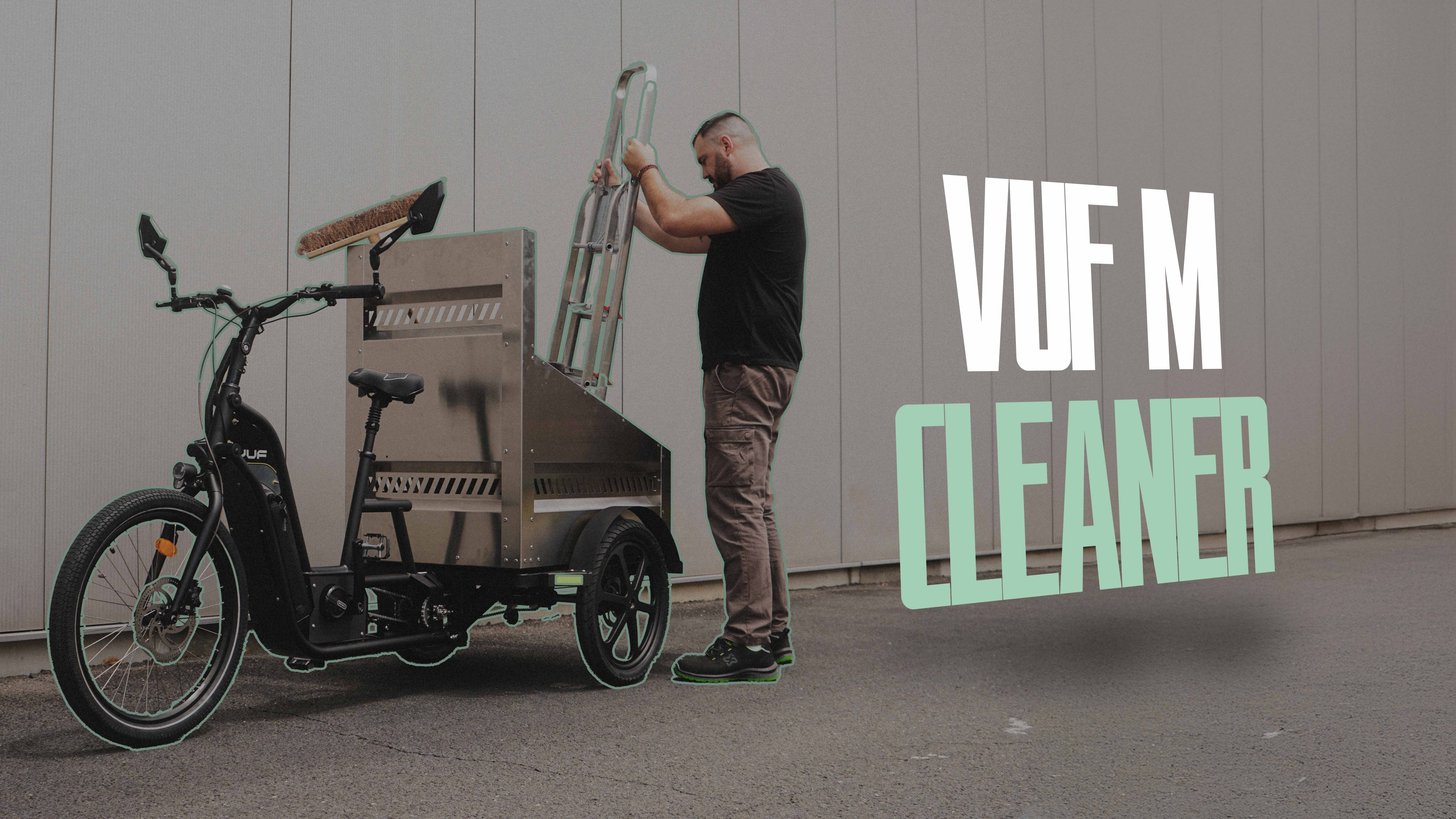
How to launch a cargo bike fleet in your business
Launching a cargo bike fleet in your business: the guide to driving straight to profitability
Whether you are craftsman looking for a mobile workshop, retailer wishing to deliver your customers to their homes or logistician looking to optimize your routes, the cargo bike can become a strategic asset. You still need to lay the foundations well to avoid pedaling in a vacuum.
1. Understand your needs before going for it
2. Choosing the right model and organization
Not all cargo bikes are the same. There are a multitude of cargo bikes for very different uses.

Then, three organizational models are available to you:
- Internal use : perfect for a craftsman or merchant who takes care of his own trips.
- Dedicated team : integration of deliverers/cyclists into your workforce with adapted training.
- Outsourced service : specialized partners manage logistics for you.
3. Manage storage, charging, and maintenance
Operational is the key:
- Internal room : storage and charging on site, ideal if you already have space.
- Shared hubs : located in the heart of cities, they save time on tours.
- Logistics partnerships : delegated storage, charging and maintenance.
4. Estimate the budget and optimize profitability
Consider integrating:
- The cost of buying or renting cargo bikes.
- National or local subsidies (bicycle-cargo bonuses, municipal subsidies).
- Maintenance, insurance and energy costs.
- The savings made (fuel, parking, fines...).
💡 tip : A simple profitability calculation = [Initial investment ÷ margin per delivery] = number of trips to reach the balance point.
Conclusion: Pedal to success
Deploying a fleet of cargo bikes is not only an ecological choice, it is also a smart investment that can transform the way you work. In the city, slow traffic becomes an advantage for you: while others honk, you deliver. Do not hesitate to contact our sales team for more advice and support in your transition to cargo delivery. 05.57.81.23.46
And remember: cargo bikes are like morning coffee... hard to do without once you've had a taste of it.
.svg)

.svg)
.svg)


